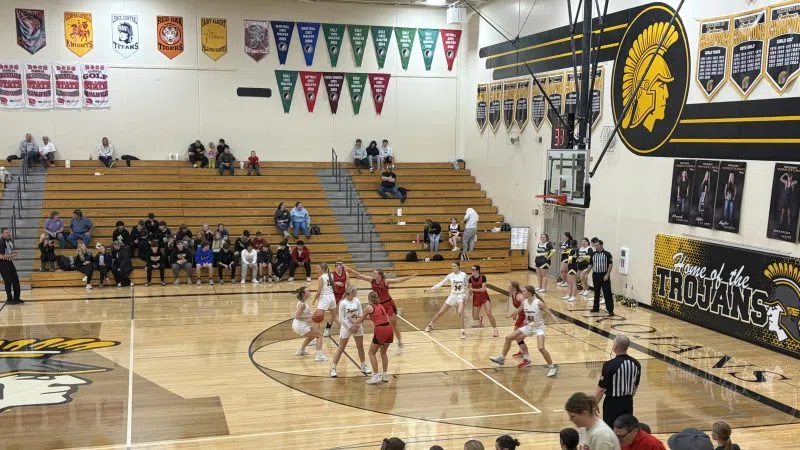(Des Moines) State Climatologist Dr. Justin Glisan says we are slated for a weak La Nina heading into the meteorological winter months of December, January, and February. This is the opposite of last winter’s strong El Nino, the second warmest winter on record.
Glisan says La Nina winters can bring a range of temperatures. For example, they can be warmer than average, colder than average, and more often, they bring temperature variability and snowier winters.
The influence of La Niña is most impactful in northern and southern states and along the east coast. Towards the central U.S., La Niña has less of a signal, making it difficult to conclude what to expect this year. The National Weather does know that recent La Niña patterns have generally favored a warmer start to the winter season for our area, followed by colder and snowier conditions over the second half of winter.
For the short term, Dr. Glisan says a warmer-than-normal temperature and a wetter signal will appear through at least mid-November.
Again, that was State Climatologist Dr. Just Glisan












